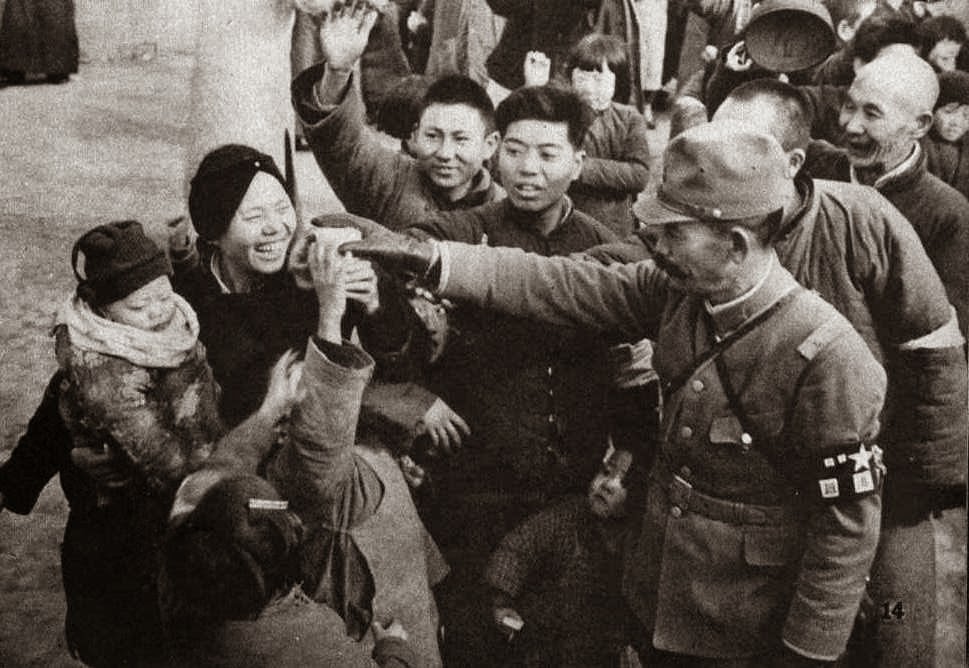Japanese Soldiers at Work in Nanking
The historical controversy regarding the “rape” of
Nanking in 1937 by the Japanese Army is hotly debated.[1] The massacres occurred in the initial
occupation of the city and the two months following in mid December 1937.
The initial reaction to the actions of the Japanese was reported by western
journalists and even a German Nazi Party member by the name of John Rabe who
assisted in protecting Chinese during the massacre and reported it on his
return to Germany.The action shocked many in the west and helped cement the
image of the Japanese being a brutal race in the west.
Massacre Victims at Nanking
The controversy’s visibility has been raised since the
1997 publication of Iris Chang’s The Rape of Nanking. However, with few
exceptions the incident had received little attention by Western historians
until Chang’s book was published. The reason for this was that China
was a sideshow for for the United States and Britain throughout much of the
war. When Chiang Kai Shek’s Nationalists were overthrown by the Communists in
1948 the incident disappeared from view in the United States. The
United States government reacted to the overthrow of Chaing by helping to
rebuild Japan and rehabilitate the Japanese while opposing the Chinese
Communists. In fact it was only “after the Cold War was the Rape of
Nanking Openly discussed.”

BEWARE OF SOME PICS!
The Prime Minister of Japan, Shinzo Abe, agreed that
Japan would be providing Turkey with its second nuclear power plant. The pact
also adds that Turkey will be
allowed to enrich uranium and extract plutonium, a potential material for
nuclear weapons.
Prime Minister of Japan, Shinzo Abe, with Prime
Minister of Turkey, Recep Tayyip Erdogan, in their meeting to make a nuclear
energy pact
















_01.jpg)

































